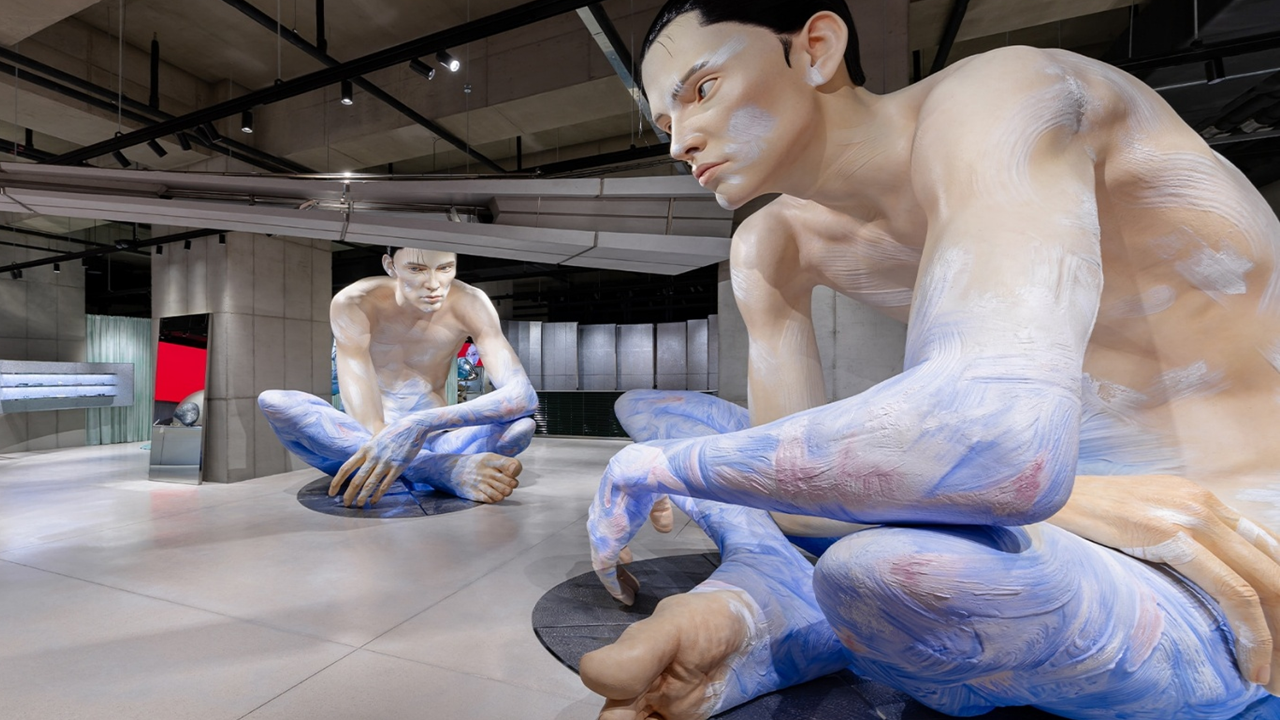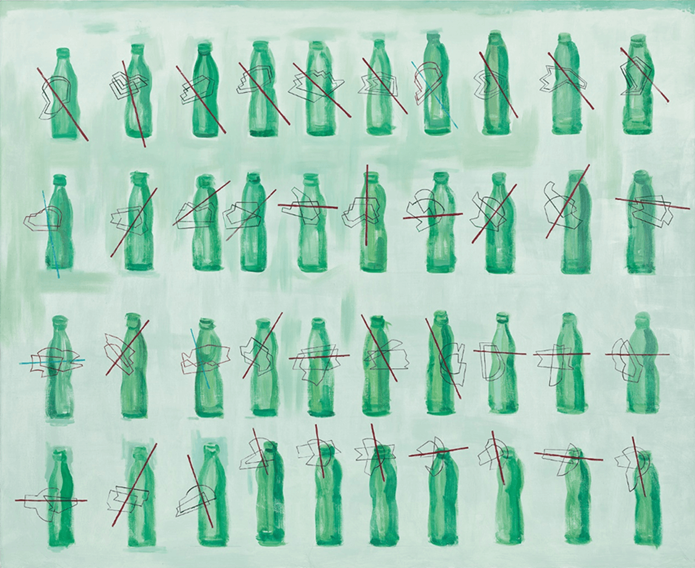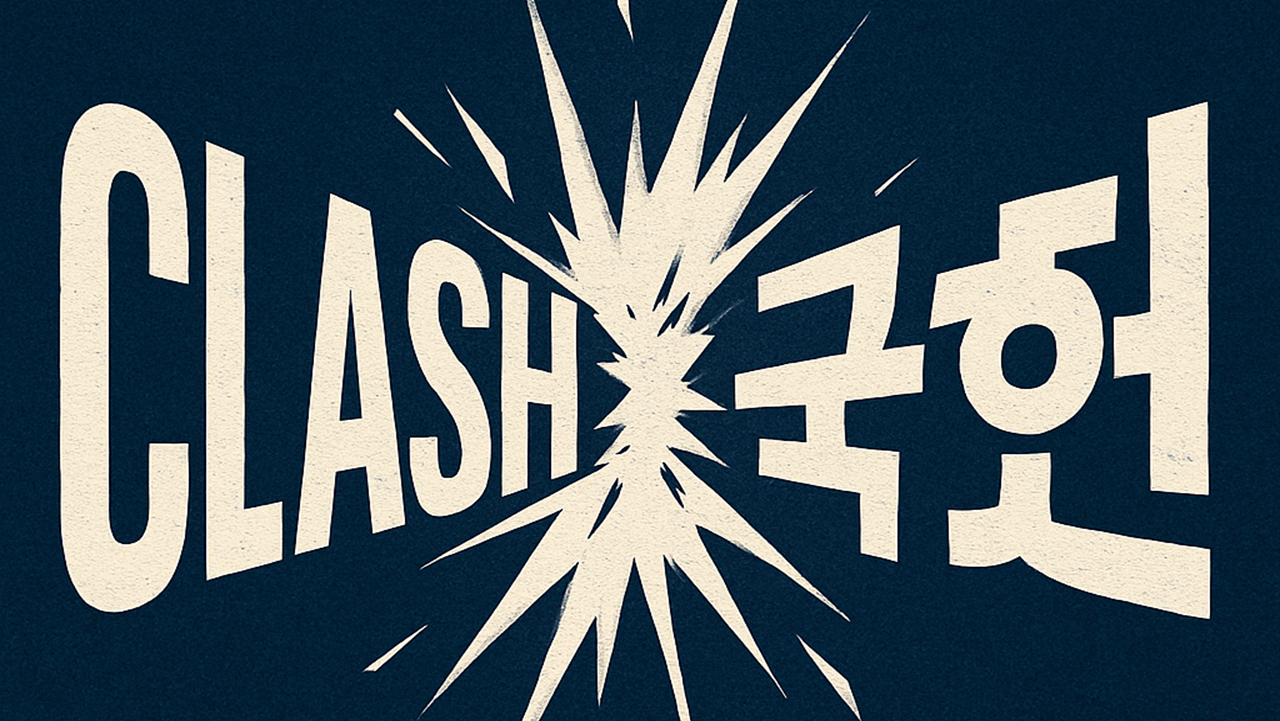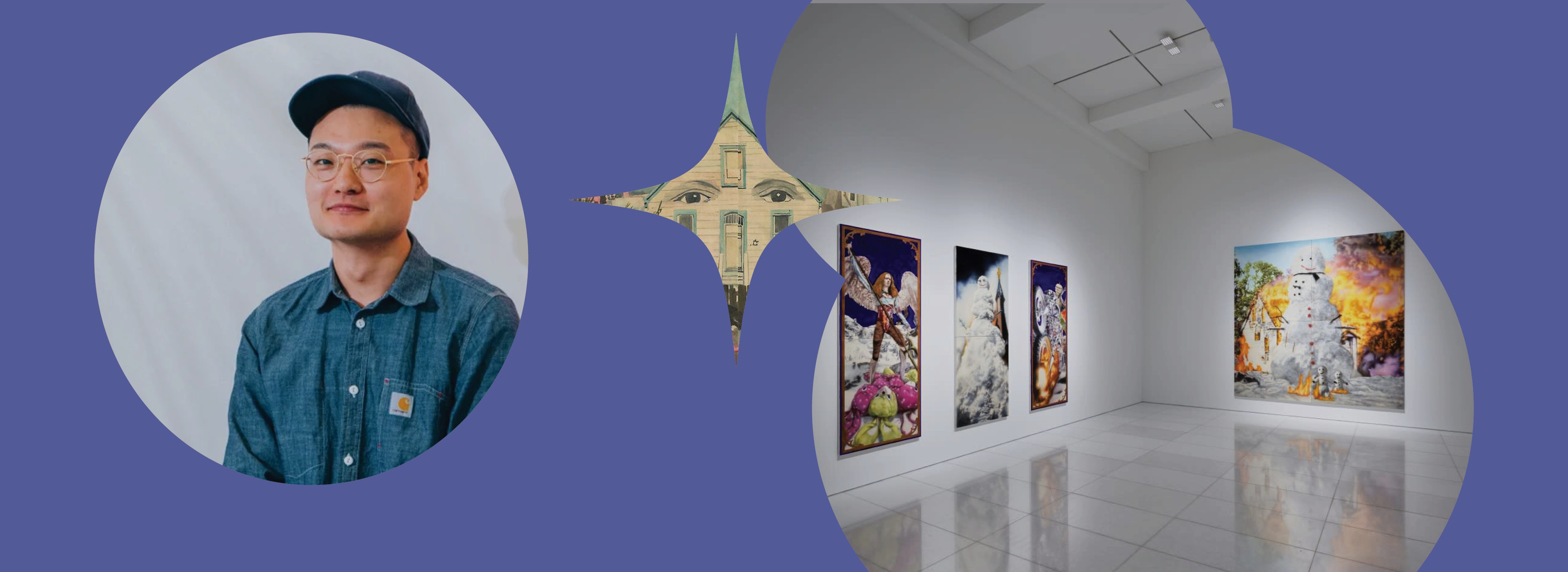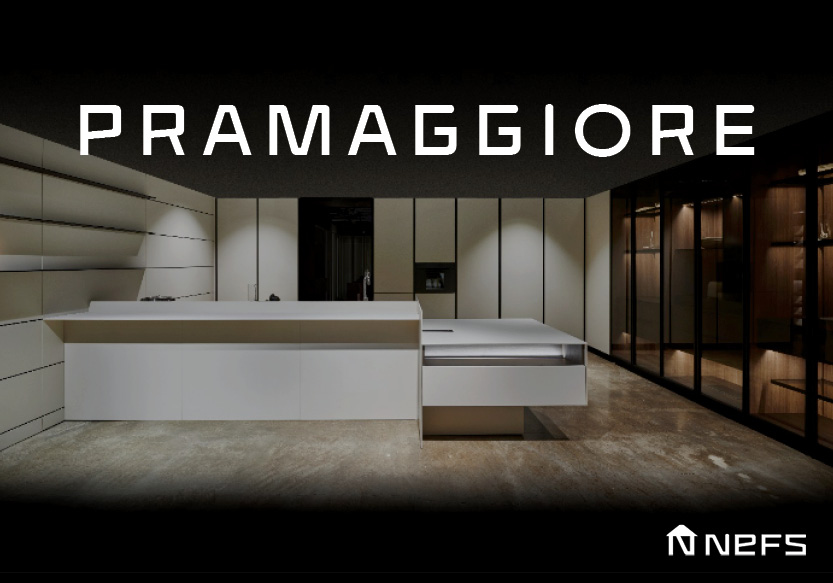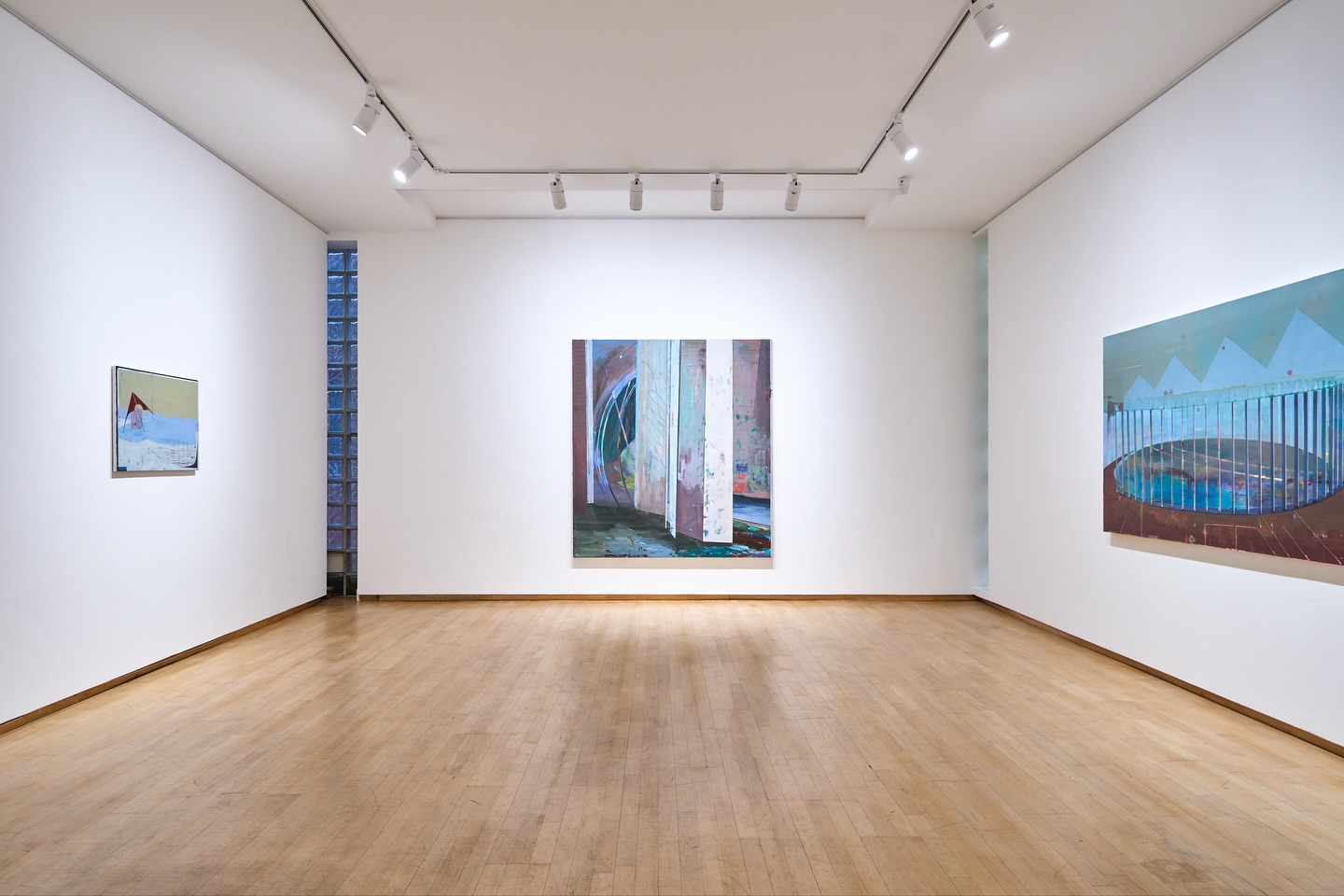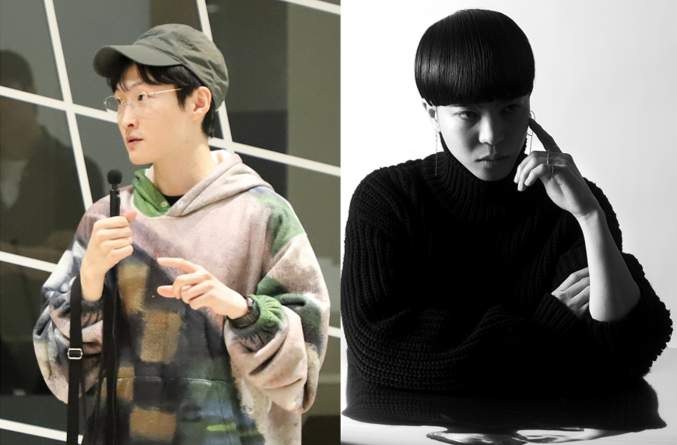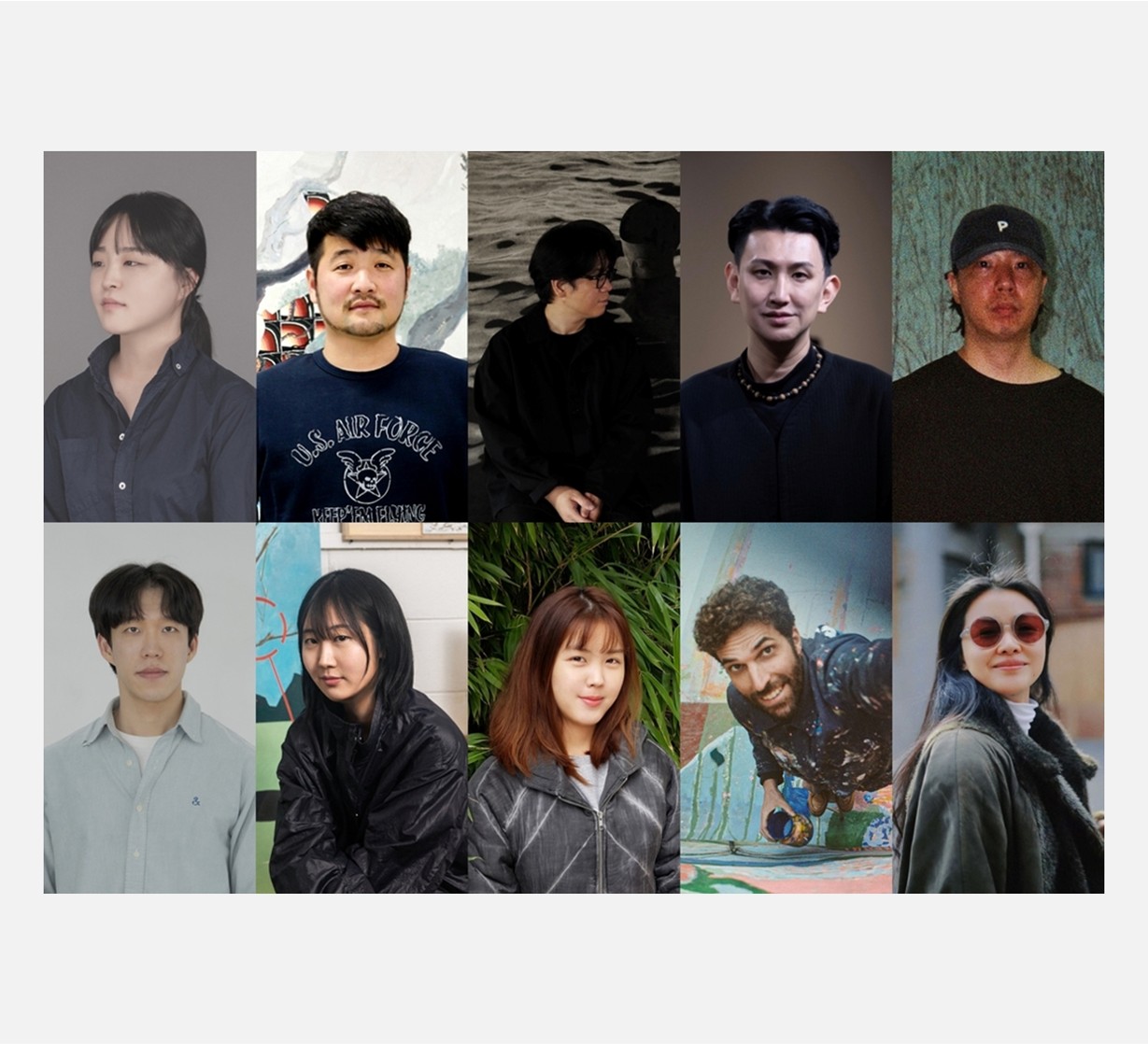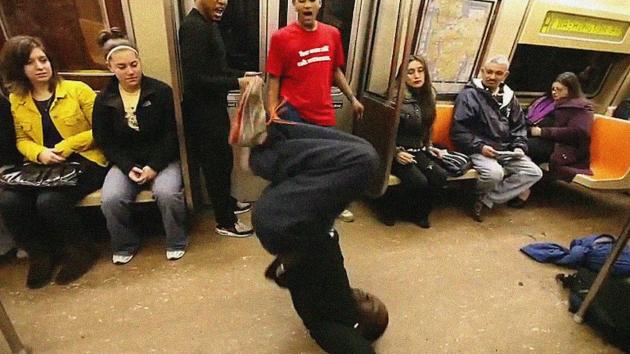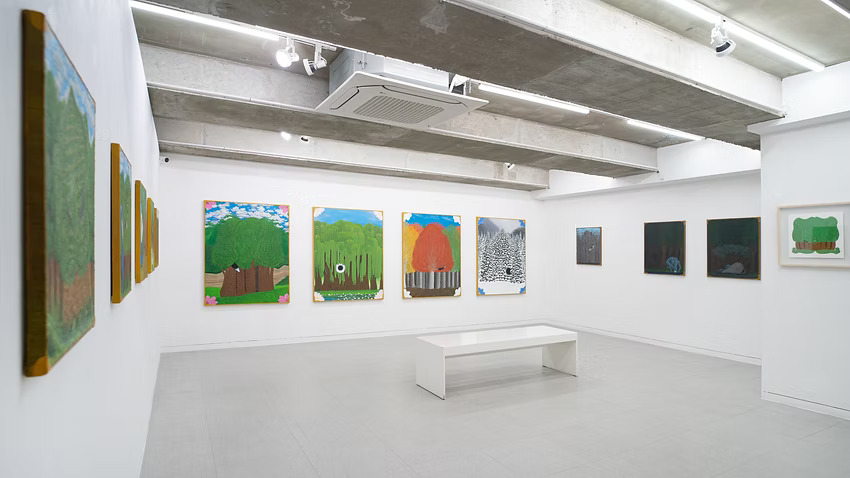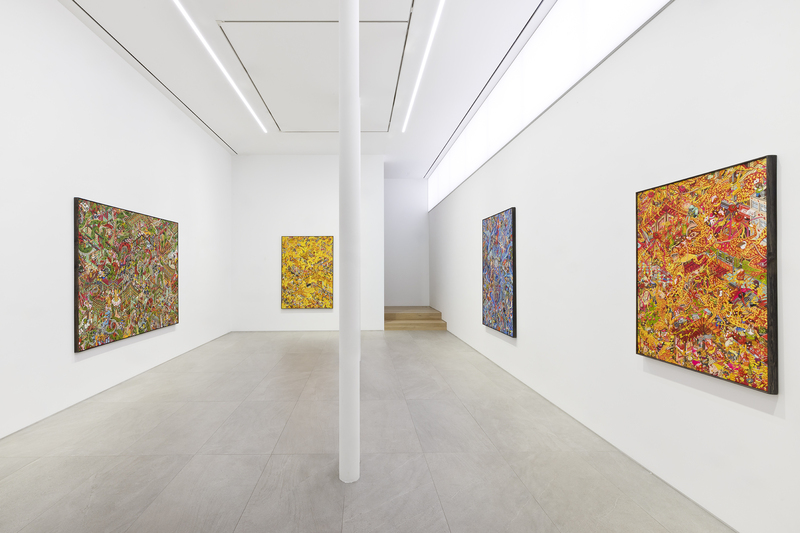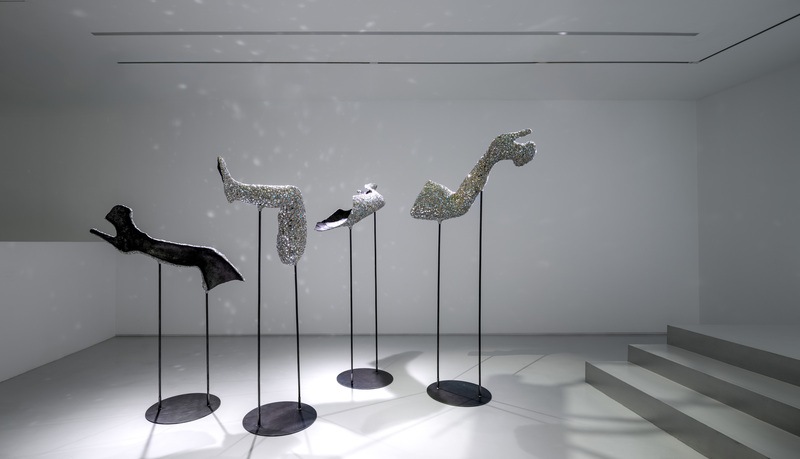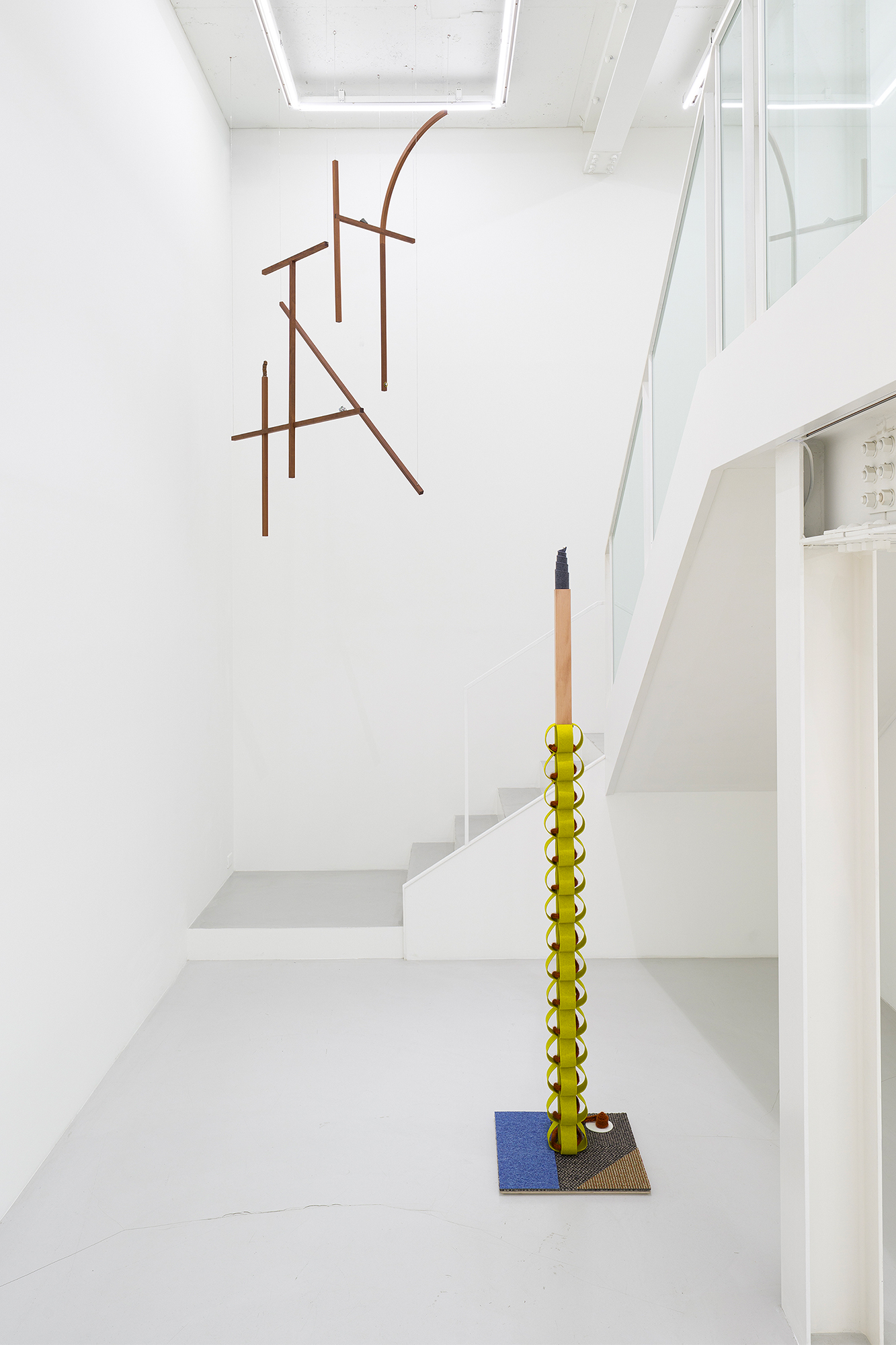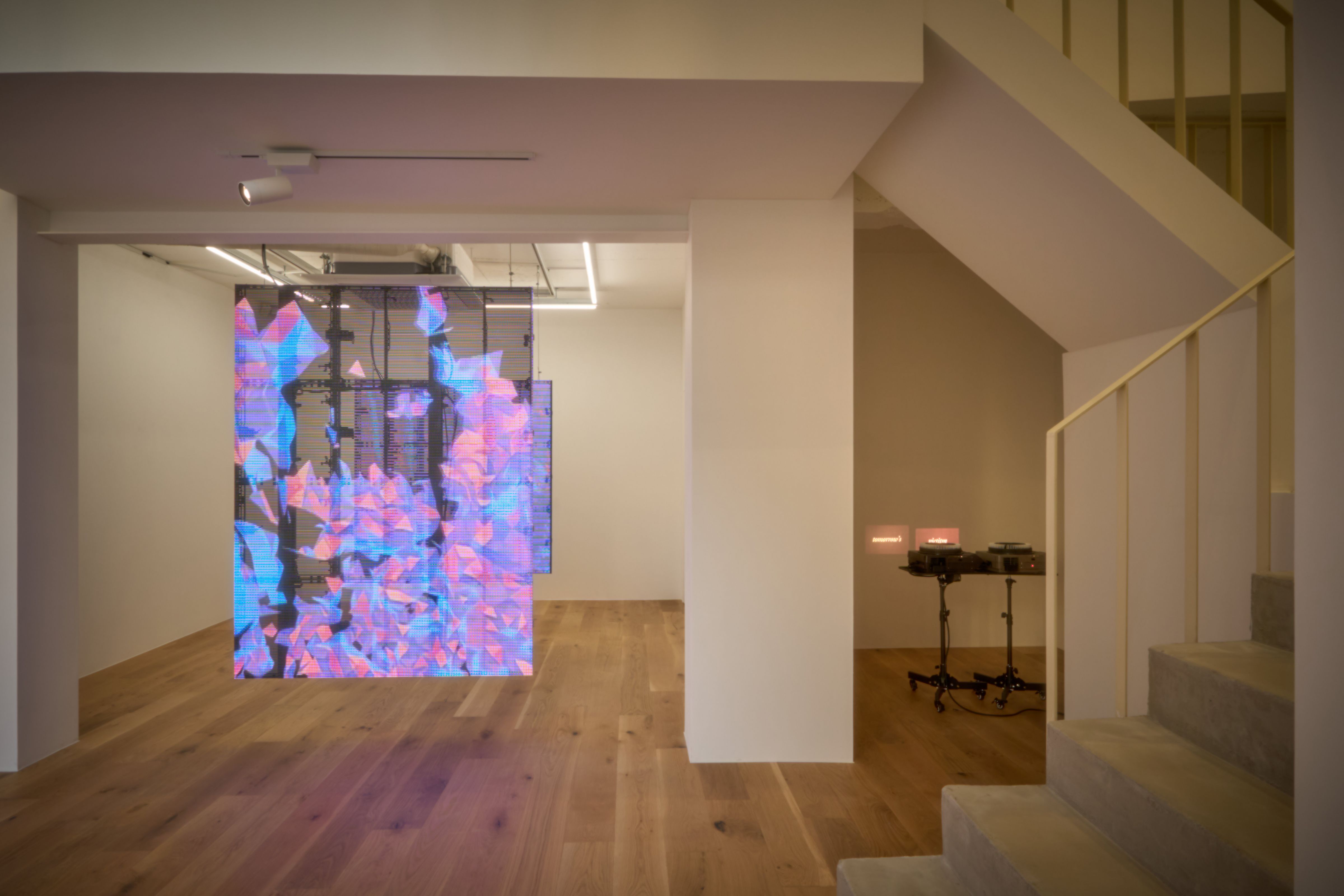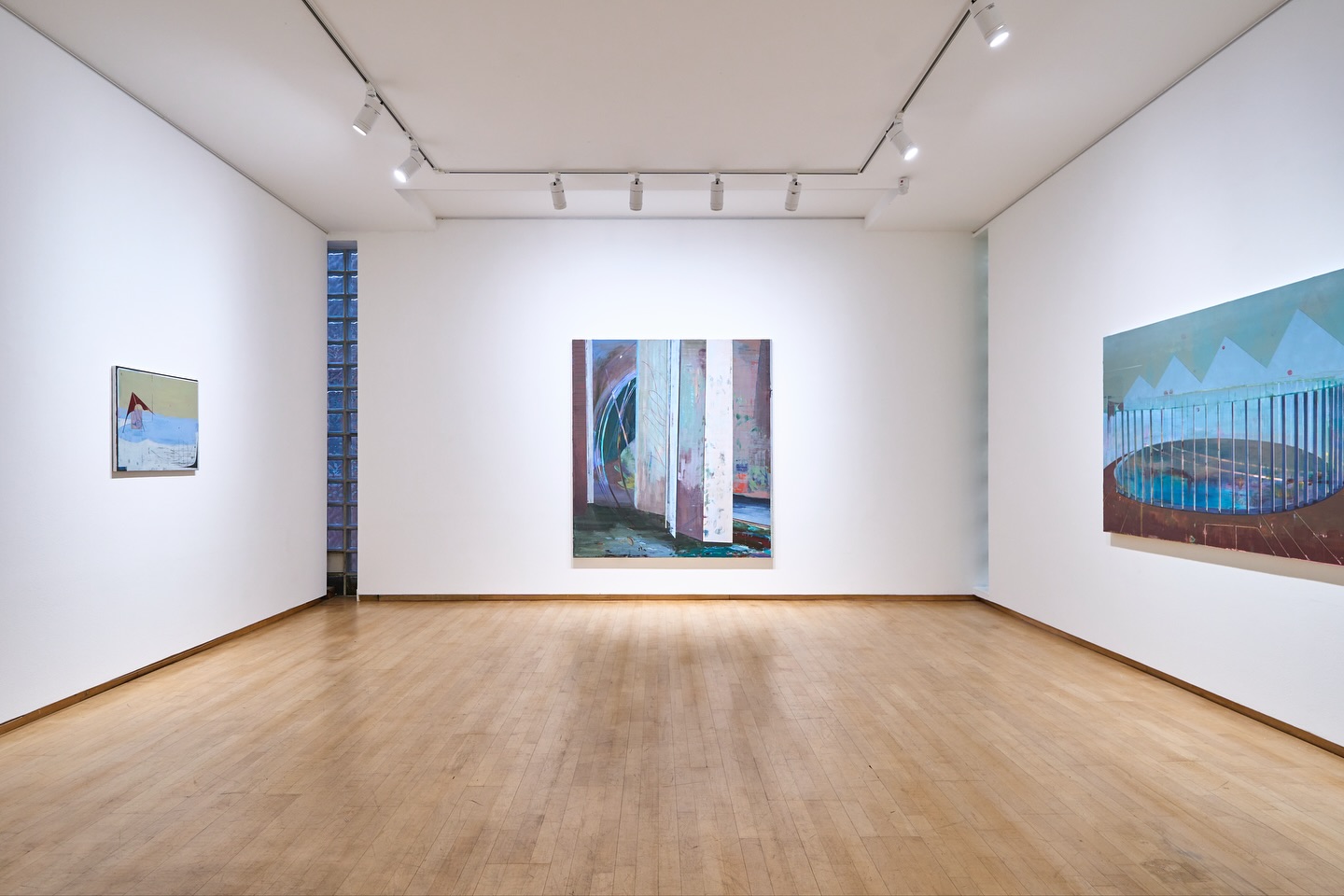
Installation view of 《Grid in Resonance》 ©Gallery PLANET
Gallery PLANET presents Sejin Hong’s solo exhibition 《Grid in Resonance》 through December 5.
This exhibition seeks to reconstruct the
transformed structures of perception shaped by our technological environment
through the language of painting. Hong incorporates disturbances, glitches, and
nonverbal uncertainties arising in the surrounding world into the structure of
the grid, establishing a new visual order in which harmony and disorder
coexist.

Installation view of 《Grid in Resonance》 ©Gallery PLANET
The artist combines passive mechanical devices—such as the
structure of a praxinoscope or electronic display boards—with simple geometric
vocabularies including semicircles, lines, and rectangles to reconfigure the
structures of perception and time. Within the rhythms of repetition and
vibration, the pictorial surface begins to resemble “sound waves,” allowing
viewers to sensorially experience the subtle tremors and tensions generated by
the paintings.
Such geometric configurations visualize the rhythms of
perception within a structure where order and chaos, rule and deviation
intersect, while simultaneously expanding the act of seeing itself into an
experiment of the senses.
Furthermore, Hong constructs another form of language through
vision in a world where verbal language is absent. By borrowing everyday visual
signs—prohibition symbols, pipe-like patterns, uniform lines—she proposes a
“silent language” and explores the potential for dialogic exchange through
sensory perception.
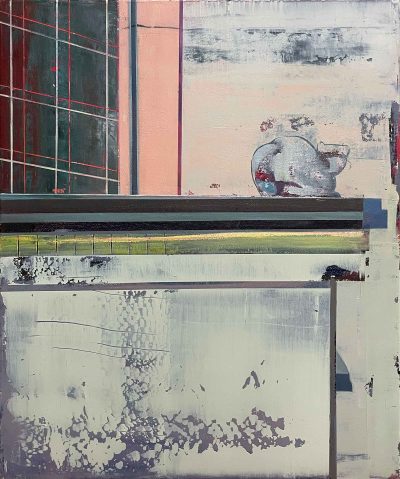
Sejin Hong, Where a Sound Appears, 2025, Oil on canvas. 45.5 x 38 cm. ©Gallery PLANET
At this moment, the viewer moves beyond the position of a
passive spectator and becomes a “producer of sensation,” interacting with the
devices embedded within the work. Although the artist’s paintings originate
from personal experience, they expand into the realms of technology, society,
and existence, creating a conceptual space where sensation and reality
intersect.
《Grid in Resonance》 demonstrates that
painting can still operate as a language of thought within today’s visual
environment—one in which structure and sensation, technology and perception
continuously overlap. The vibrations generated at the nexus of order and
uncertainty propose an alternative way in which the senses perceive and
construct the world.
More than offering a visual experience, the exhibition prompts
viewers to reconsider the very conditions of sensation and the structures of
perception, allowing them to visually encounter the rhythms through which
sensation resonates.



